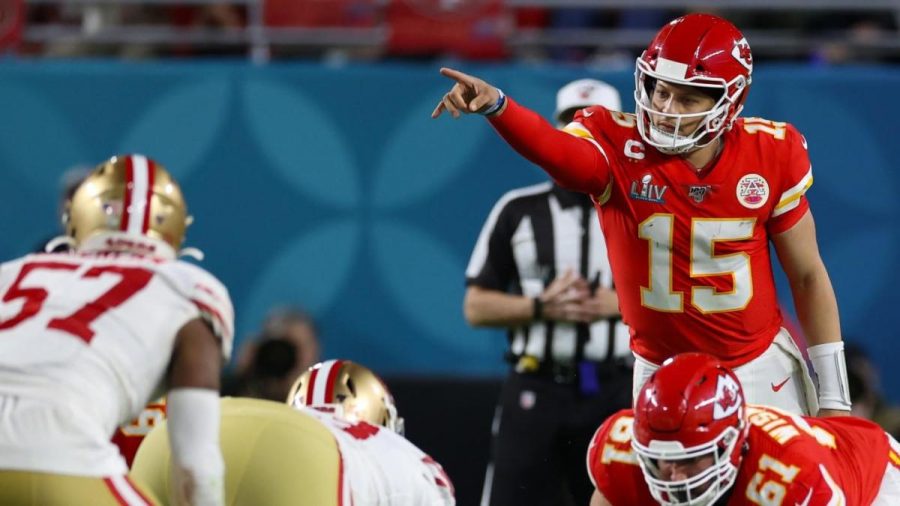NFL Season
September 19, 2020
In July, the National Football League (NFL) announced that their season will continue as normal; there will be a regular season with 16 games and the usual exciting playoffs. Dr. Allen Sills, the NFL’s chief medical officer, is optimistic that the NFL is capable of running a safe season for their teams and using their research to benefit other businesses.
According to ESPN, at a virtual meeting of the American Orthopaedic Society for Sports Medicine, he said he believes they “have a unique opportunity but also a responsibility to use the platform and resources of the NFL to really study and learn and to take that knowledge and apply it for the benefit of the other segments of the society.”
After being briefed about the possible risks of playing during this pandemic, many players still wanted to go back to work but wanted to ensure there were COVID-19 protocols in place.
The NFL stated that all training camps will be at team facilities this year. This means that there will be no joint practices with other teams (these were essentially scrimmages). Football players, coaches, equipment managers, and the medical team will all be isolated in buildings and rooms in order to practice safe social distancing. Furthermore, as an additional protective measure, the weight rooms, locker rooms, and film rooms are restricted to Tier 1 and Tier 2 personnel, which includes players, coaches, and the medical team.
Some have raised concerns that these facilities, especially the crowded, sweaty locker rooms, may be a hotspot for COVID-19. However, teams such as the Indianapolis Colts have implemented glass walls between each player’s locker, and every player has to wear a wristband which notifies them when they are not six feet away from each other.
In contrast with the National Basketball Association (NBA) and the National Hockey League (NHL), the NFL will not have a “bubble.” This is important because players will have the freedom to do whatever they wish outside of the team’s facilities. There are pros and cons to not creating a bubble. For the players, they won’t feel restricted and are able to go home and visit their family or friends every night. This is what the NBA players were complaining about in their Orlando bubble. On the other hand, all it takes is one player to recklessly go out to a club or a bar and contract the virus.
As Los Angeles Rams offensive tackle Andrew Whitworth said, “All it takes is one exposure, and it can spread like wildfire.”
Equipment officials for the league said there has been some discussion about adding on a specialized face shield attached to helmets that could potentially minimize the spread of COVID-19 during a game. Many players have shared a common sentiment that these face shields would make it hard to breathe.
In a recent interview regarding these face shields, Texans defensive end J.J. Watt definitively answered, “No. You can keep that. If that comes into play, I don’t think you’re going to see me out there on the field.”
As for the schedule, there will not be any preseason games this year in hopes of reducing the chance of the virus spreading before the actual season begins. This was an easy decision because many teams and players already disliked having to play meaningless games in such a brutal sport. Additionally, during the regular season there will be either stadiums with no fans or a small percent of the total capacity. For instance, the Kansas City Chiefs organization are limiting attendance to 22% of its Arrowhead Stadium capacity. For some teams such as the Seattle Seahawks, Philadelphia Eagles, and Green Bay Packers, this could be a downside because their incredibly loud crowds gave them the upper hand in a few games.
Ultimately, every football fan wants the season to go on. In the United States specifically, the NFL is most definitely one of the biggest businesses as their yearly revenue tops $8 billion. However, the safety of the players, coaches, and other personnel are much more important than some football games.
Photo courtesy of CBSSPORTS.COM

